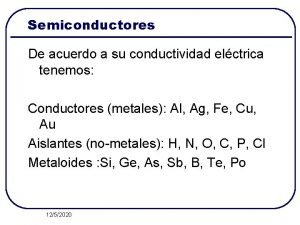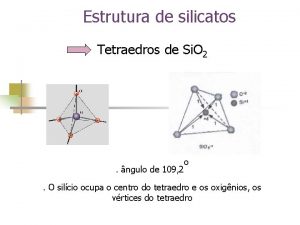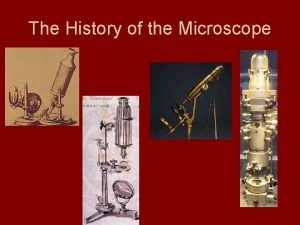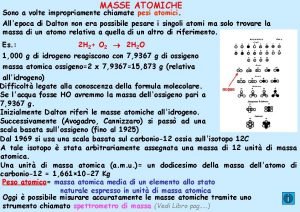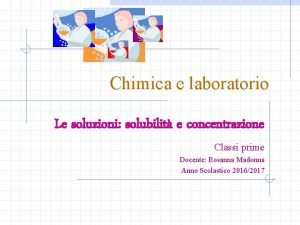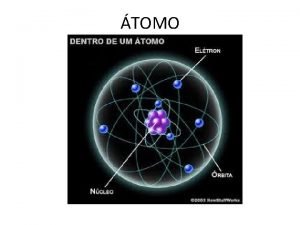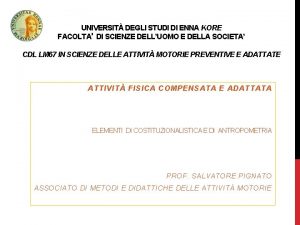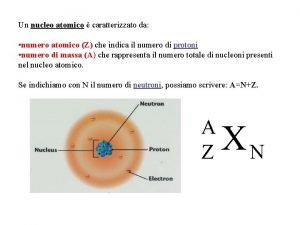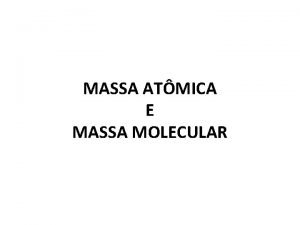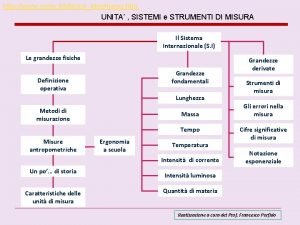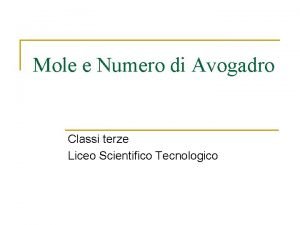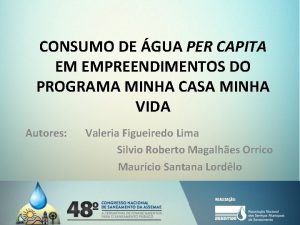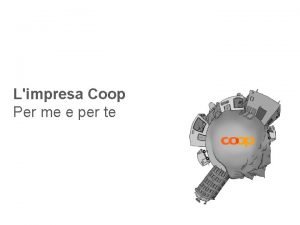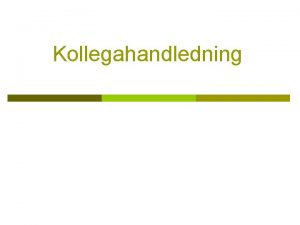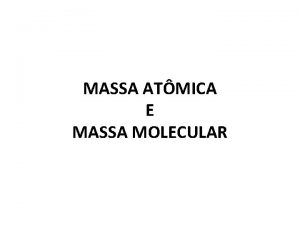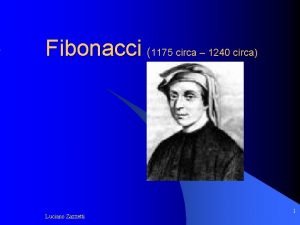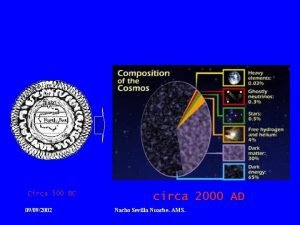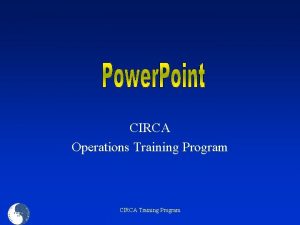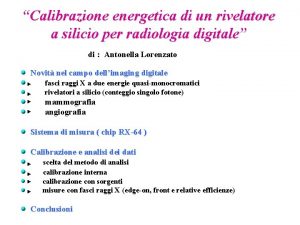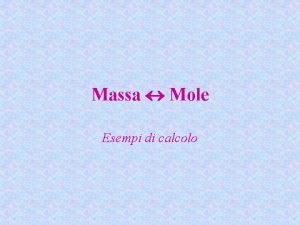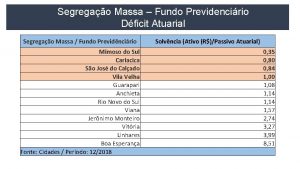Silicio Per massa il Silicio circa il 26



























- Slides: 27

Silicio Per massa il Silicio è circa il 26% della crosta terrestre, (principalmente nella forma di silice o quarzo cristallino (Si. O 2) ) , ed è il secondo elemento per abbondanza, dopo l’ossigeno. Molto raro è il cristallo di silicio.

Purificazione Sabbia (Si. O 2) e carbone (C) in una fornace Si. O 2+2 C→Si+2 CO Metallurgic Grade Silicon (MGS) 98% Il Silicio è poverizzato e fatto Costo regire circa con HCl (gas) per fare trichlorosilane Si. HCl 3 3$/Kg un liquido ad alta pressione di vapore (bolle a 32°C ). Il trucco è che molte impurezze reagiscono con Cl e formano vari cloruri, ciascuno con diverso punto di ebollizione. Si+(Al, C) +3 HCl(gas)→Si. HCl 3+H 2+(Al, C, cloruri) Mediante distillazione frazionata si ottiene Si. HCl 3 di alta purezza 10 -9. Si. HCl 3+H 2→ 2 Si+3 HCl Electronic Grade Silicon (EGS) 10 -9

Growth Techniques • Czochralski Method (LEC) (Bulk Crystals) • Chemical Vapor Deposition (CVD) (Thin films; epitaxial film growth) – Metal-Organic Chemical Vapor Deposition (MOCVD) • Molecular Beam Epitaxy (MBE) (Thin films) • Liquid Phase Epitaxy (LPE) (Thin films)

Czochralski Method Bridgeman Method a temperature gradient along the crucible growth speed ~ 2 - 3 mm/minute O, C are contaminants!

Czochralski growth (1916)

32 inch , 80 cm

Ora si cresce in modo assai più raffinato… Heterointerfaces Al. As

Thin Film Growth (General) • High Quality Film (1µm or less thickness) deposited on high quality substrate. • To minimize strain, need crystal structure of film & substrate to be ~ same (at least very similar) • Epitaxy: “in an ordered way” Homoepitaxy: same structure as substrate Heteroepitaxy: different structure than substrate



Epitaxial growth: crescita ordinata


Chemical Vapor Deposition (CVD) • Example reaction: Si. H 4 (heat) (Silane gas) Si + (On substrate) 2 H 2 (gas) • Reaction occurs in a sealed container (reactor) • NOTE!! Silane gas is highly toxic & highly explosive!! • NOTE!! Hydrogen gas is highly explosive!!!!

Metal-Organic Chemical Vapor Deposition (MOCVD) • Example reaction: Ga(CH 3)3 + (Metal-organic gas) 3 CH 4 (Methane gas) + As. H 3 (Arsene gas) Ga. As (on substrate) • Reaction occurs in a sealed container (reactor) • NOTE!! Arsene gas is highly toxic and highly flamable!! Methane gas is highly explosive!

MOCVD Dopants are introduced in precisely controlled amounts!

Molecular Beam Epitaxy (MBE) • Thin film growth under ultra high vacuum. • Reactants introduced by molecular beams. • Create beams by heating source of material in an effusion (or Knudsen) cell. • Several sources, several beams of different materials aimed at substrate Can deposit 1 atomic layer or less! • A very precisely defined mixture of atoms to give EXACTLY the desired material com

MBE

RHEED: Used with MOCVD & MBE electron beam probe to monitor surface film quality One period of oscillation growth of one atomic layer of Ga. As (or whatever material)

MOCVD vs. MBE • Mainly useful for research lab experiments. Not efficient for mass production! • High quality • Low growth rate MOCVD • Useful for lab experiments and for mass production! • Good-high quality • High growth rate

Liquid Phase Epitaxy (LPE) (Ga. As and other III-V materials) • Group III metal utilized as solvent for As • Solvent cooled in contact with (Ga. As) substrate. Becomes saturated with As. Nucleation of Ga. As on substrate. • Slider, containing different solutes, can grow precise compositions of material

LPE

Heterointerfaces Al. As

Leghe ternarie Al. Ga. N, Ga. As. N Controllo dell’energia del gap proibito: dispositivi selettivi sull’energia dei fotoni ( rivelatori o emettitori luce in regioni spettrali definite ) Controllo omogeneità lega______controllo omogeneità proprietà

Struttura a bande delle leghe Ga. As Al. As

Struttura a bande delle leghe Legge di Vegard P=Energy gap, lattice constant, etc. P(Ax. B 1 -x. C)=x. P(AC)+(1 -x)P(BC)

Struttura a bande delle leghe

 Conductividad
Conductividad Silicio electrones de valencia
Silicio electrones de valencia Pirosilicatos
Pirosilicatos Timeline of the microscope
Timeline of the microscope Circa 1750
Circa 1750 Disegna nel piano quadrettato un rettangolo
Disegna nel piano quadrettato un rettangolo Simboli insiemi
Simboli insiemi Sifat integral lipat dua
Sifat integral lipat dua Bilanciamento
Bilanciamento Solu.zone chimica molecole in movimento
Solu.zone chimica molecole in movimento Formula massa molar
Formula massa molar Aumento ponderale
Aumento ponderale Misure antropometriche
Misure antropometriche Principio di indeterminazione di heisenberg
Principio di indeterminazione di heisenberg Mol e massa molar
Mol e massa molar Rapporto massa grassa massa magra
Rapporto massa grassa massa magra La mole schema
La mole schema Per stirpes v per capita
Per stirpes v per capita Moltiplicazioni con numeri periodici
Moltiplicazioni con numeri periodici Catullus 84 translation
Catullus 84 translation 186 282 miles per second into meters per second
186 282 miles per second into meters per second Multas per gentes et multa per aequora vectus
Multas per gentes et multa per aequora vectus Coop per te
Coop per te 1 minute seconds
1 minute seconds Longum iter est per praecepta breve per exempla
Longum iter est per praecepta breve per exempla Una voce l'amato mio
Una voce l'amato mio Siti pergi selama 360 menit + 120 menit berapa jam kah itu
Siti pergi selama 360 menit + 120 menit berapa jam kah itu Per capita vs per stirpes
Per capita vs per stirpes
